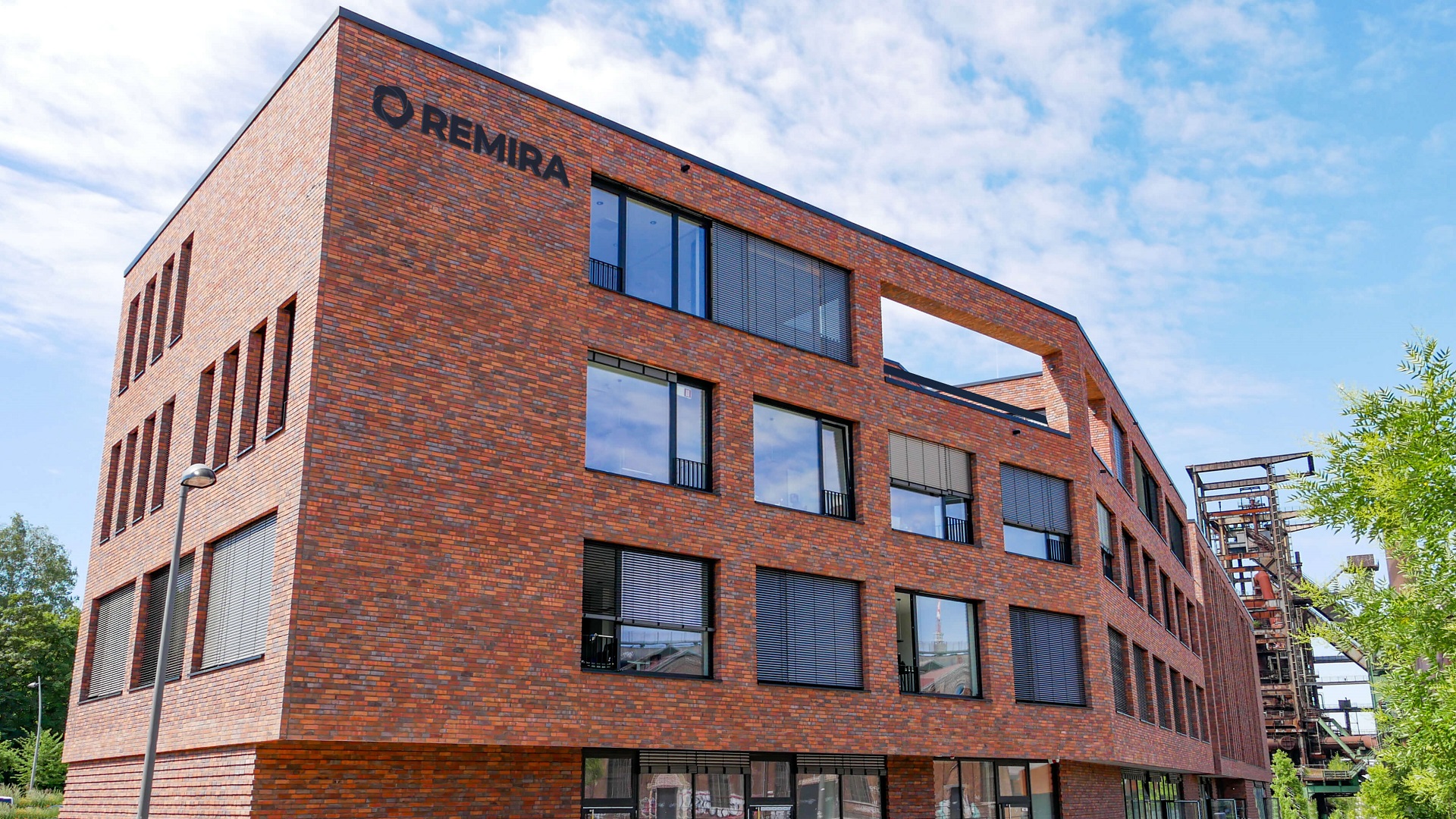Sample stocktaking for RFIDmanaged fashion inventories
In order to ensure that stocks don’t run out in the warehouse and, above all, in stores, ongoing inventory controls are essential in the interests of transparent and resource-friendly warehouse management. Regular inventory controls are an important element and need to be carried out at least once a year.
Clothes make the man, so the saying goes, which is why fashion boutiques are always well-stocked with suitable and modern fashion items for their customers. But behind the scenes, this requires a fully functional chain of logistical processes. This is because fabrics have to be procured and processed, clothes have to be transported from the production site to the fashion warehouse and stores have to have a steady and sufficient stream of stock. By using sample inventories and intelligent technologies – such as radio frequency identification [RFID] – inventories can be carried out with up to 95% less counting work nowadays. Therefore, sample inventories radically reduce both the financial and the human resources required, they are less prone to errors than the traditional full inventory, and – thanks to their potential uses – are a decisive competitive factor for RFID-managed stocks as well.
Especially for the fashion industry, which is considered to be a global pioneer in the use of RFID technologies along the entire value creation chain, sample inventories form an efficient foundation for well-sorted clothes warehouses. Both industry and logistics have long recognised the potential of RFID technologies, which can be used for contactless identification goods over a wireless signal and without any need for visual contact through the use of an RFID reader. And even in trade, RFID is becoming more widespread for merchandise coding purposes. In the clothing trade, RFID has been helping to take customers’ heightened service and product availability demands into account. The wide variety of products in fashion companies – due to the availability of individual items in different sizes and colours, for example – goes hand in hand with a huge amount of picking work.
RFID records products automatically and drastically cuts costs, which gives in-store employees more freedom to meet customer requirements. Therefore, the fashion industry is considered a pioneering sector with respect to the use of RFID technologies. Goods identification over radio waves helps to avoid shipping errors, incoming goods pallets can be checked more quickly and readout devices used in-store prevent undetected shoplifting among other things. But that’s not all. The technology also makes things easier for the inventory, which takes place at least once per year, and regular inventory controls, provided that these processes are performed in a time-saving manner by means of random samples.
Statistical methods reduce inventory expenditure
During a sample inventory, only one selected section of the goods available in the warehouse is actually counted. When compared with a full inventory, the expenditure can thus be reduced by up to 95%. In addition, the error rate is insignificantly low compared with the full count.
This method has been officially permitted since 1977 according to Paragraph 241.1 of the German Commercial Code. However, the generally accepted accounting principles must be complied with too. The German Commercial Code sets out the following regulation:
“The informational value of the inventory prepared in this way must bear comparison with that of one prepared based on a physical inventory."
Special features of sample stocktaking in RFID managed warehouses
One thing must be noted when implementing the IT-assisted sample inventory method on stocks with RFID-coded goods, such as items of clothing and accessories. Merely reading off the information saved on the transponder isn’t enough to ensure that the method is correct. After all, an RFID tag found in a box, detached from its goods carrier, can lead to incorrect count results. However, if the legal regulations are observed and the sampling elements to be recorded are visually inspected, sample inventories are a resource-friendly and transparent inventory method, even in RFID-managed warehouses. Because RFID-managed stocks are already associated with a higher inventory quality due to electronic goods identification, a sequential test requiring very little counting work can be used during an inventory.
Optimised inventory controls
The actual potential of linking radio frequency identification and statistical software isn’t just evident when using the example of the annual inventory prescribed by law. Year-round inventory controls can be optimised in this way too. Indeed, the inventory reliability can be measured on a regular basis by way of sample inventories. In addition, uncertain inventories can be identified faster using the sample method – for instance if the tags were impermissibly separated from the items of clothing and the suspected inventories no longer reflected reality as a result. Companies can significantly improve the quality of their warehouse and store inventories in this way.
Certified software
There is one solution supplier whose software has been proven to ensure correctness during sample inventories in RFID-managed warehouses. Hamburg-based Stat Control GmbH uses its proprietary developed software solutions STASAM (extrapolation methods) and STASEQ (sequential test), among others, to enable time-saving inventories and optimised inventory controls. The use of both solutions in RFID-supported warehouses was recently confirmed to be correct in a statement issued by renowned accounting firm PricewaterhouseCoopers (PwC). Stat Control has been an expert for sample inventories and inventory controls based on statistical methods since it was established in 1991.
“Sample inventories only take half to threequarters of a day.”
It sets itself apart from its rivals purely by specialising. The company focuses exclusively on developing software solutions and on providing consulting services for sample inventories and stock evaluations, thereby bundling a high level of expertise under one roof. Renowned corporate groups such as arvato, BMW and the Edeka Group place their trust in the software developers’ know-how. But medium-sized companies with smaller inventories – from roughly 1,000 items upwards – benefit from the sample-based inventory method too.
Streamlining inventories and optimising inventory controls
The ability to streamline inventory processes and optimise inventory controls is yet another reason for companies in the fashion industry to add RFID tags to their product mix in future. It is therefore worthwhile investing in the new technology several times over, because not only is there greater transparency along the entire value creation chain, but – at the same time – the inventory expenditure can be reduced and the inventory quality increased, so warehouses and stores can be kept well-sorted at all times.


